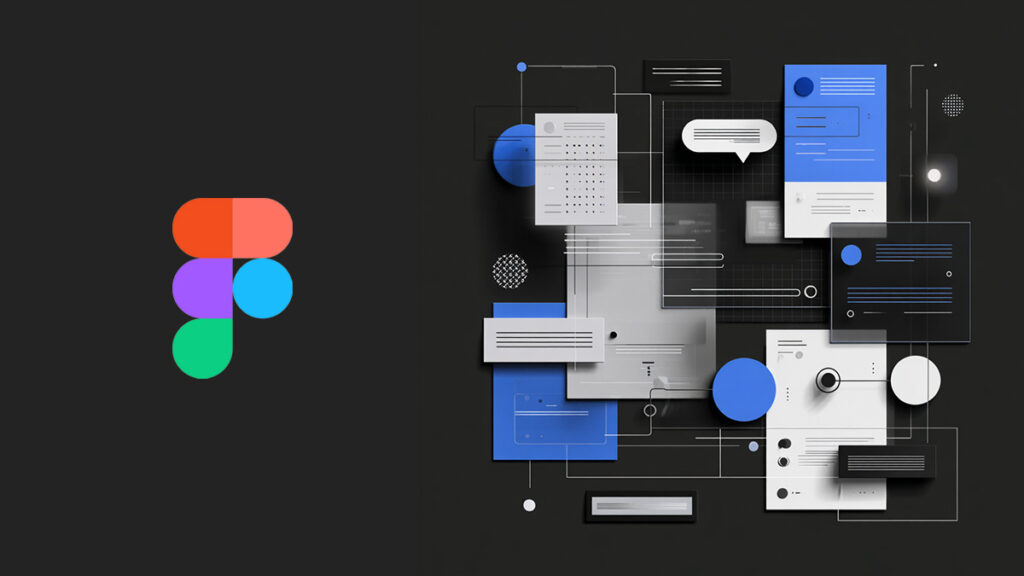Why accessible and multilingual type design is no longer optional
In 2025, good typography isn’t just about aesthetics — it’s about inclusion. From dyslexia-friendly design to typefaces that honor global scripts, ethical typography is reshaping how we think about communication. Designers are being called to consider not just how type looks, but who it reaches — and who it leaves out. This shift is about more than compliance. It’s about creating type systems that respect cultural nuance, support accessibility, and make every user feel seen. When typography includes everyone, brands build trust that goes deeper than words.The takeaway: ethical typography is inclusive, accessible, and global
Ethical typography focuses on designing and selecting typefaces that prioritize readability across languages, abilities, and cultural contexts. It’s about breaking barriers — not creating them.What makes typography truly inclusive?
It’s not just a legible font or a larger size. Ethical typography is a thoughtful combination of design choices that accommodate diverse needs. Here’s what inclusive typography typically addresses:- Multilingual support: Typefaces with well-designed glyphs for multiple writing systems (Latin, Arabic, Cyrillic, Devanagari, etc.)
- Dyslexia-friendly features: Clear differentiation between similar characters, generous spacing, and open shapes
- Visual clarity: Strong contrast ratios, legible sizes, and line heights optimized for screen reading
- Accessible motion & layout: Avoiding decorative or overly animated text that might hinder comprehension
Pro Tip: Check for true script parity
Many typefaces claim multilingual support but treat non-Latin scripts like afterthoughts. Always test how glyphs render in real context — not just the character map.Global branding means global type respect
If your product speaks to a global audience, your typography should too. Using a font that treats all scripts with equal care signals cultural respect and functional UX. Examples of brands doing this well:- Google Fonts: Offers cross-script families like Noto, built for global coherence
- Airbnb: Custom typography designed for multilingual friendliness and brand consistency
- Uber Move: Tailored for readability at small sizes, across multiple alphabets
What about accessibility and neurodiversity?
Good type helps everyone, but it’s essential for users with visual impairments, cognitive differences, or learning challenges like dyslexia. Here’s how to support them:- Use open, geometric fonts with clear letterforms (e.g., Atkinson Hyperlegible, Lexend)
- Maintain at least 4.5:1 color contrast between text and background
- Limit line lengths to 60–75 characters for easier scanning
- Avoid using all caps for long sections of body text
Design for access first, beauty second
A beautiful layout that isn’t readable is broken design. When in doubt, prioritize clarity.Tools That Help You Type Ethically
Want to build with accessibility and inclusion in mind? Start here:- Noto Font Family – Designed by Google to support every language in the world
- Atkinson Hyperlegible – Developed with the Braille Institute to aid low-vision readers
- Lexend – Font family scientifically designed to reduce visual stress and reading fatigue
- Contrast Checker (by WebAIM) – Instantly test text/background ratios for WCAG compliance
Inclusive type makes your brand more human
The type you choose says more than you think. When your design includes every voice — across languages, abilities, and perspectives — your brand doesn’t just look good. It feels right.FAQs
What is ethical typography?
Ethical typography refers to design choices that prioritize inclusivity, accessibility, and respect for cultural and linguistic diversity in type design and usage.
How can fonts be dyslexia-friendly?
Dyslexia-friendly fonts use features like distinct letter shapes, wide letter spacing, and minimal visual ambiguity to improve readability for neurodivergent readers.
Which fonts support multiple languages well?
Fonts like Noto, Inter, and Google’s Roboto offer strong multilingual support with careful design across scripts like Latin, Arabic, and Devanagari.
Why does typography matter for accessibility?
Typography impacts legibility, comprehension, and user experience — especially for those with low vision, dyslexia, or cognitive disabilities.
Glossary Terms
This site uses affiliate links, which means we may earn a commission at no extra cost to you.


